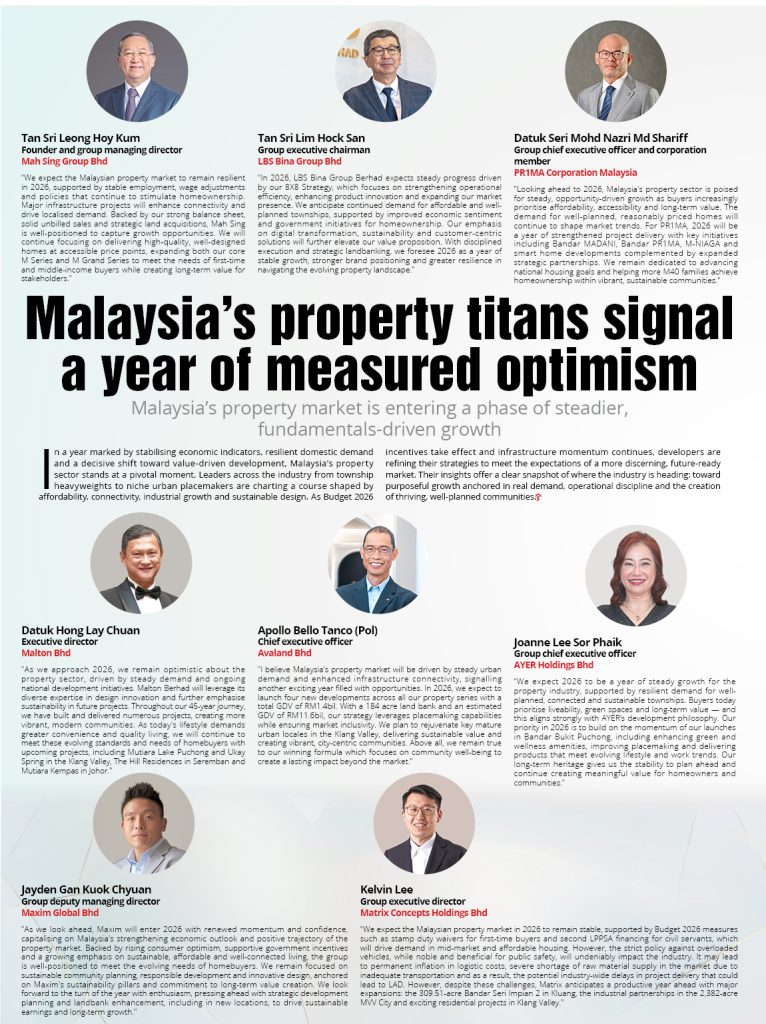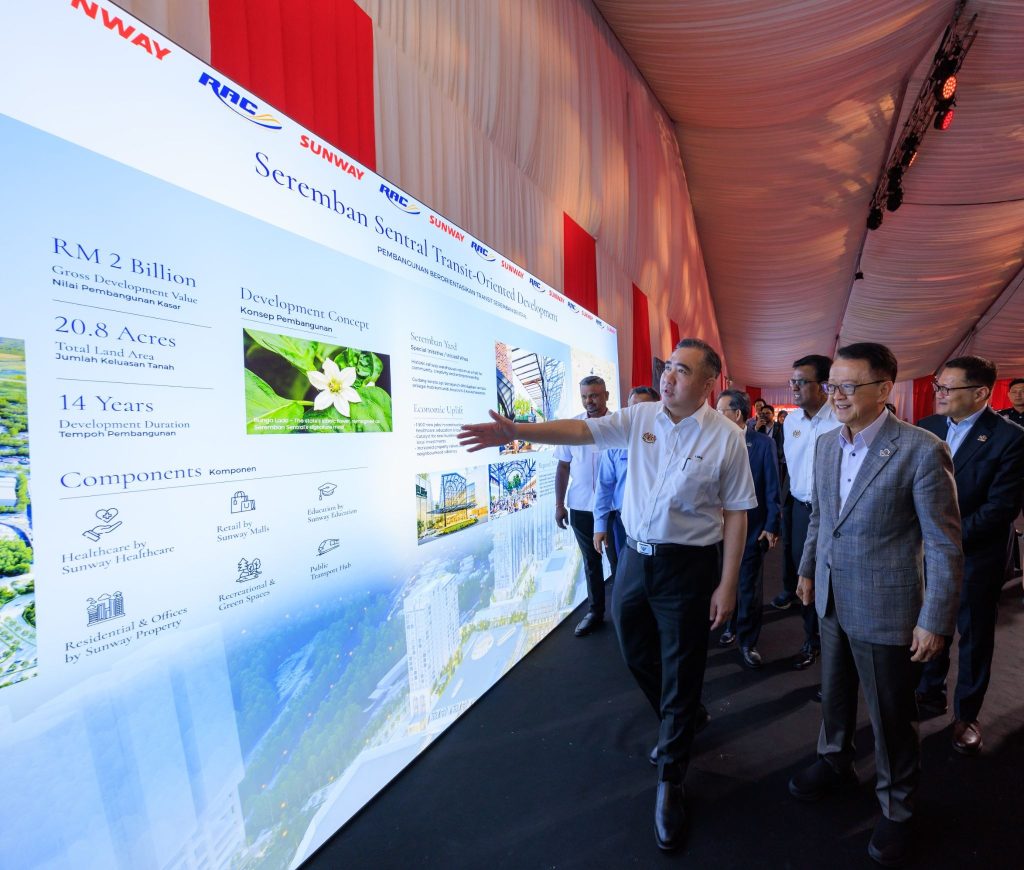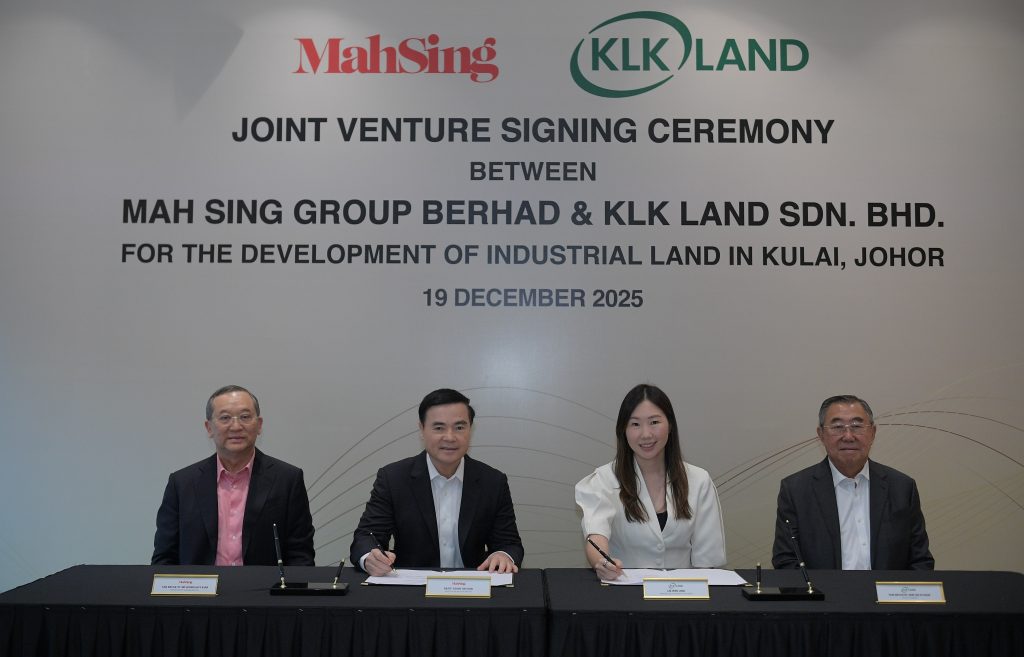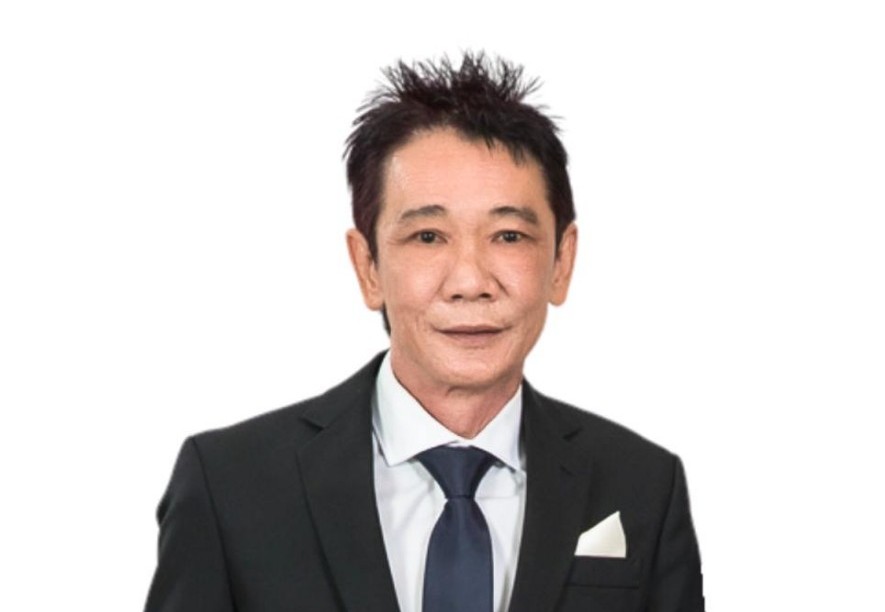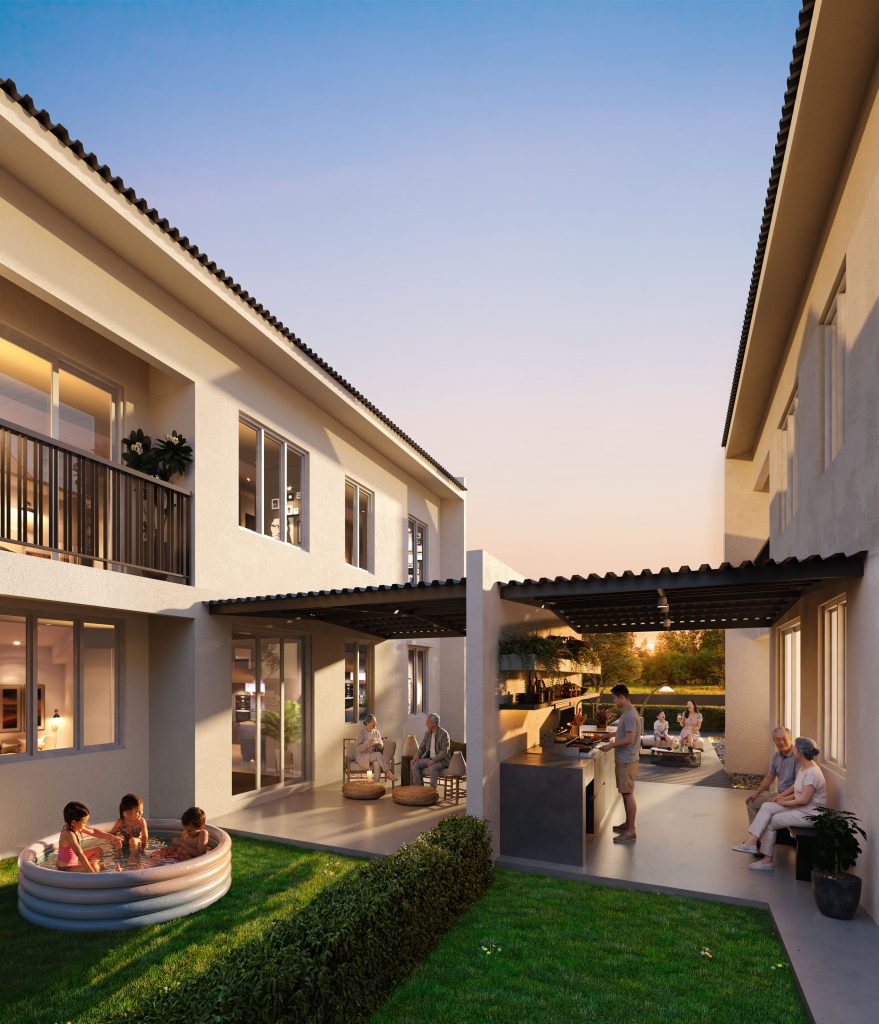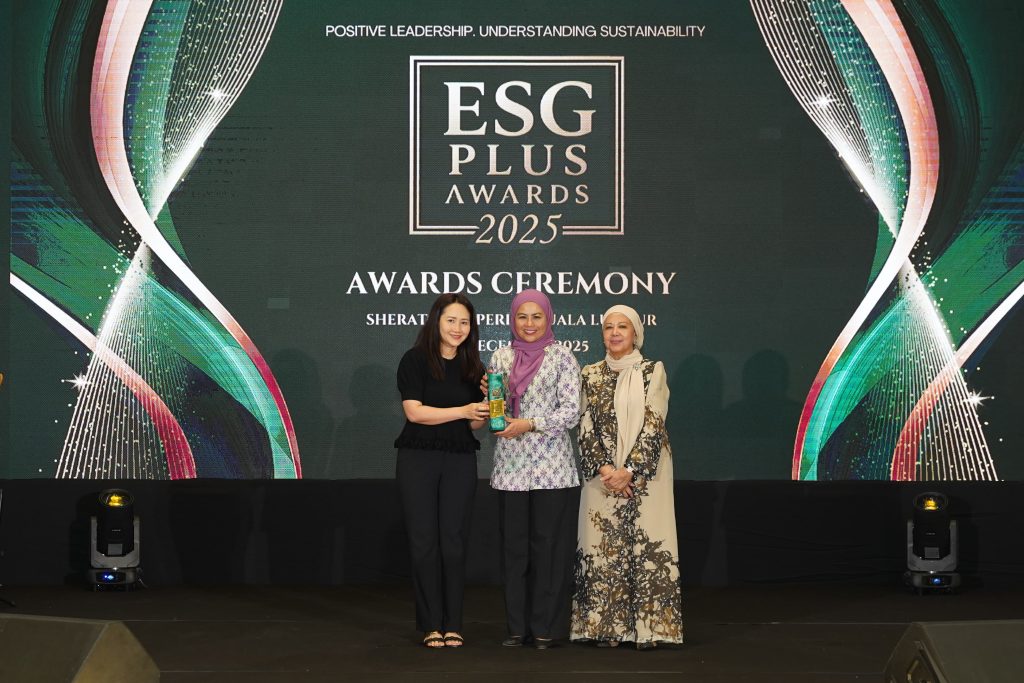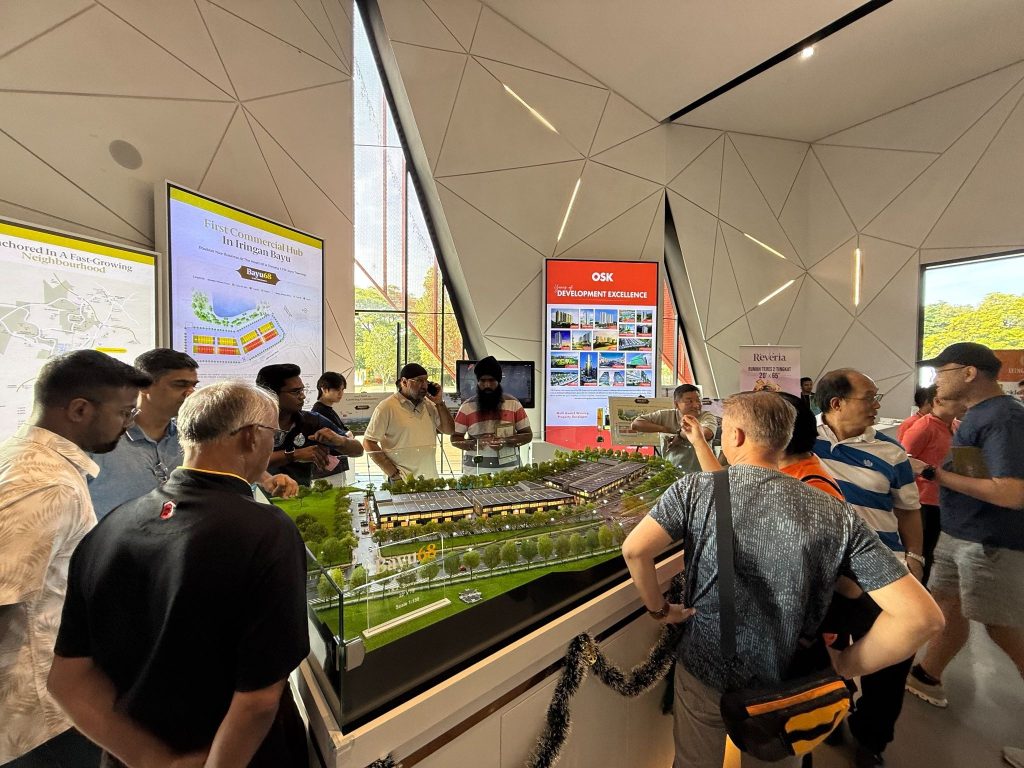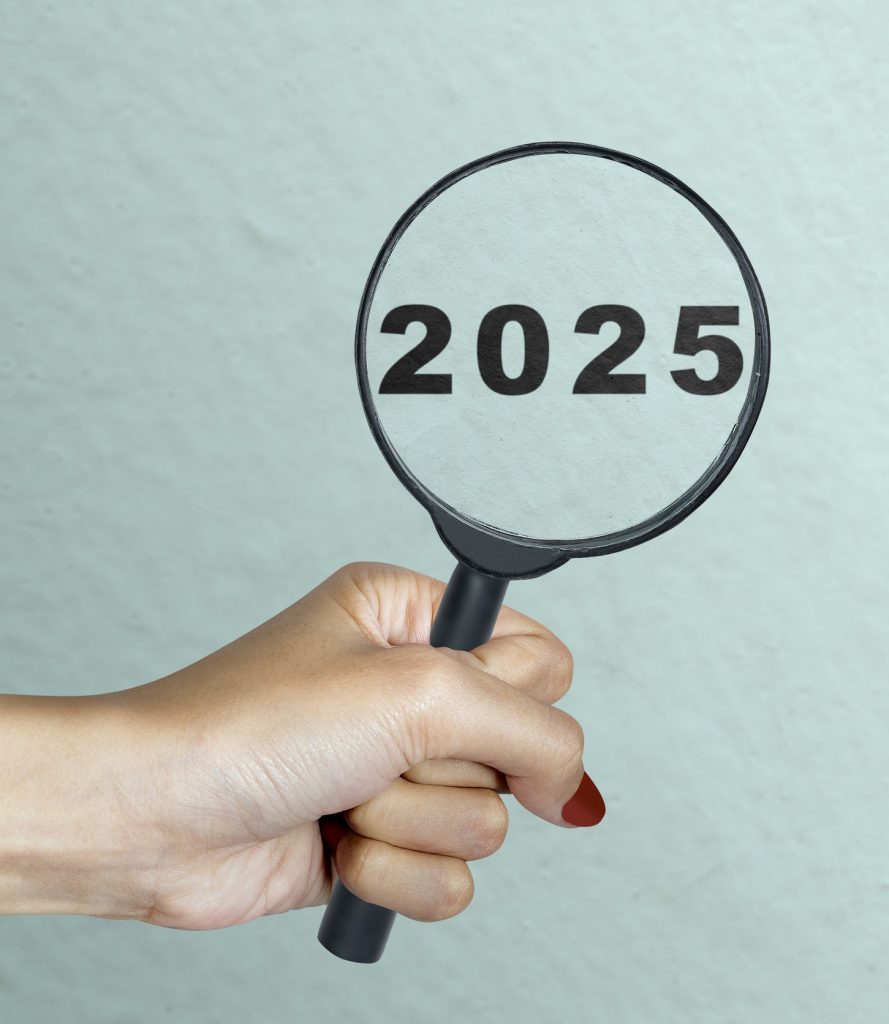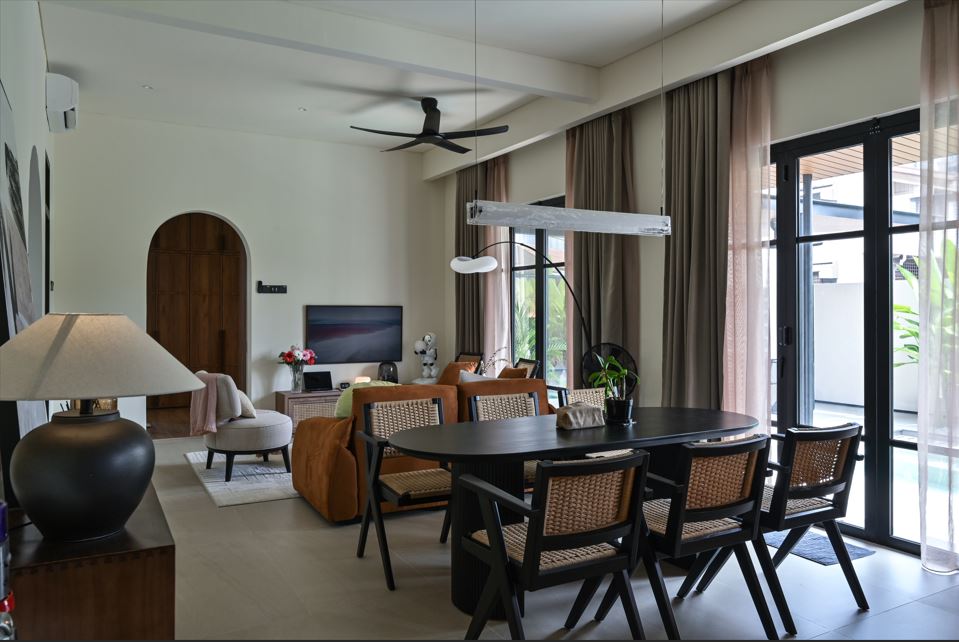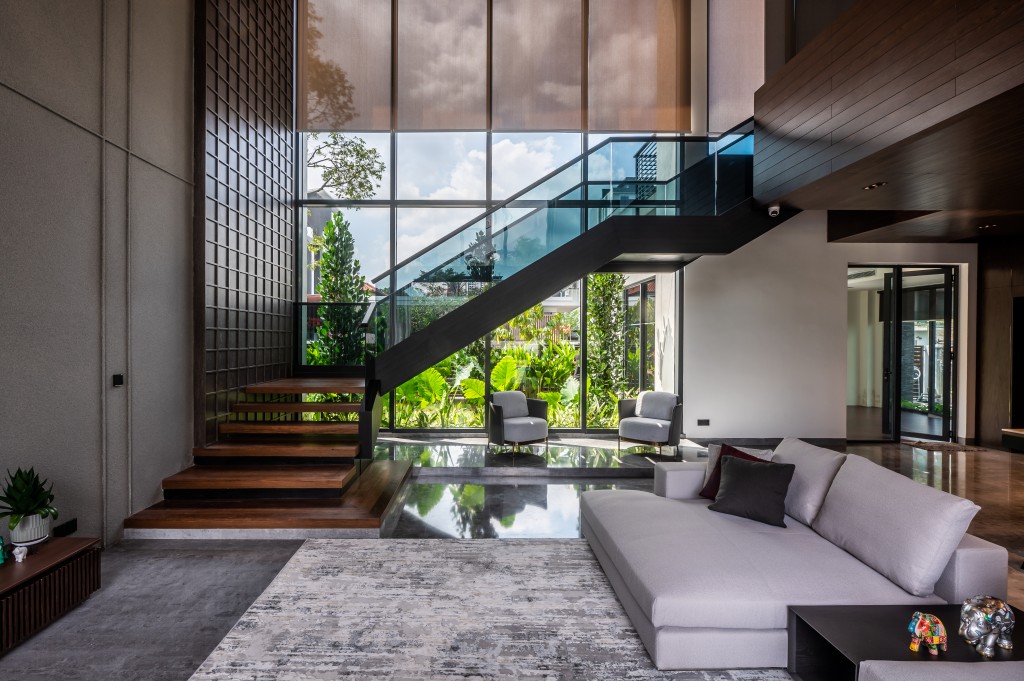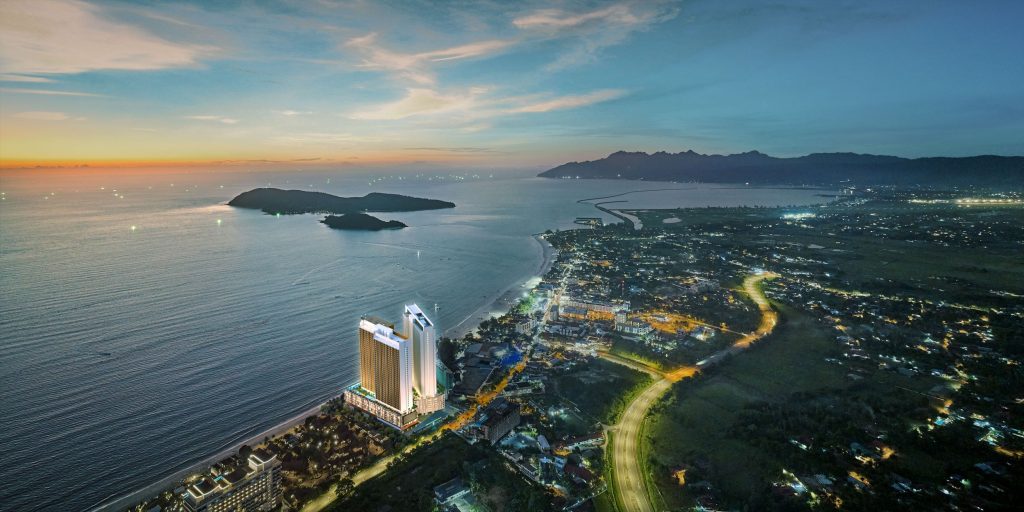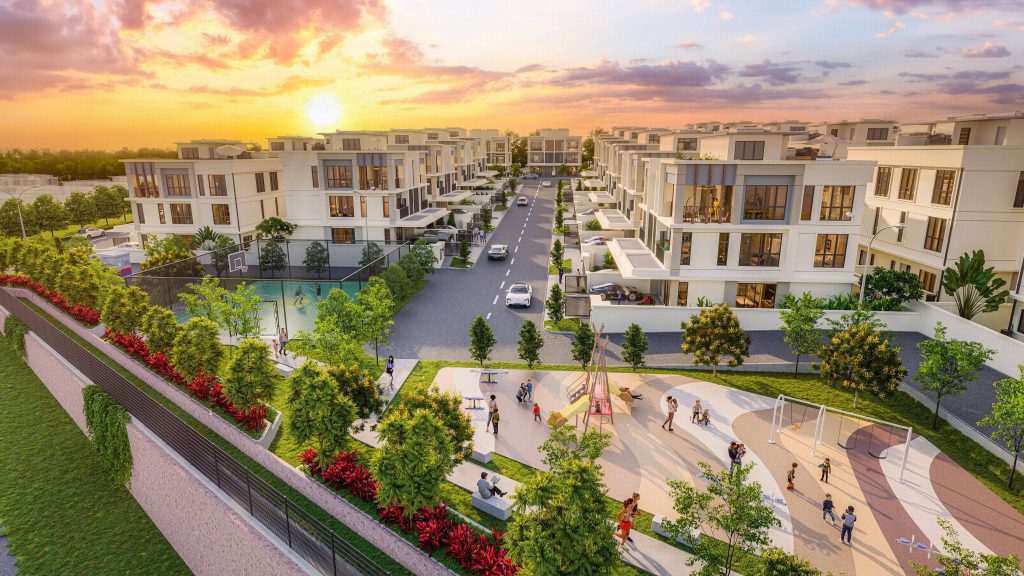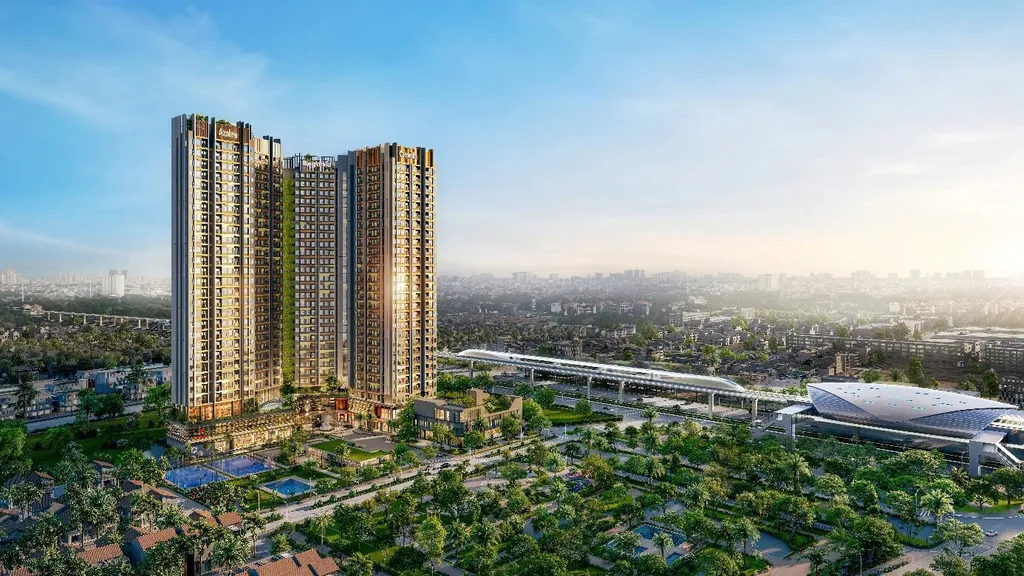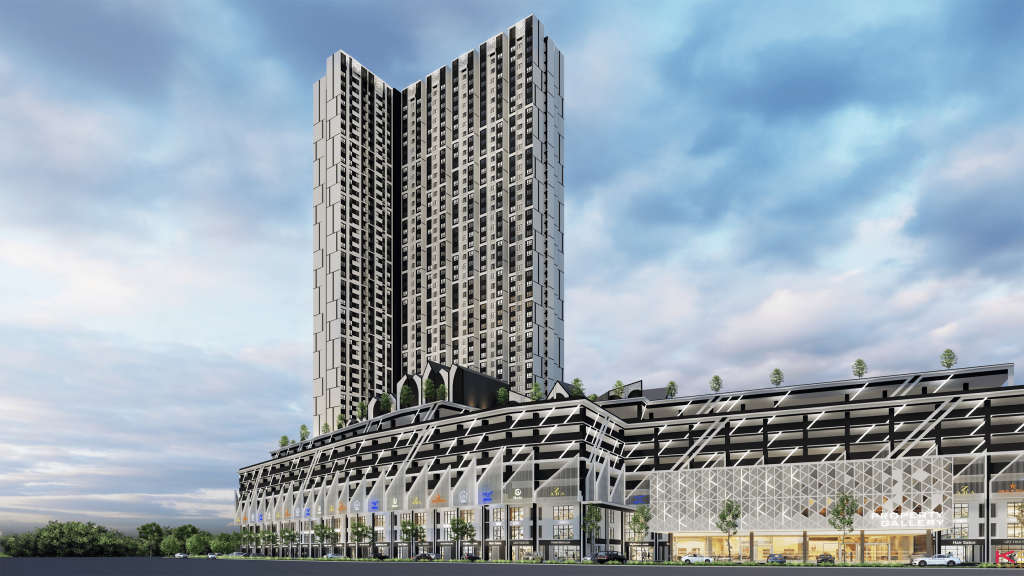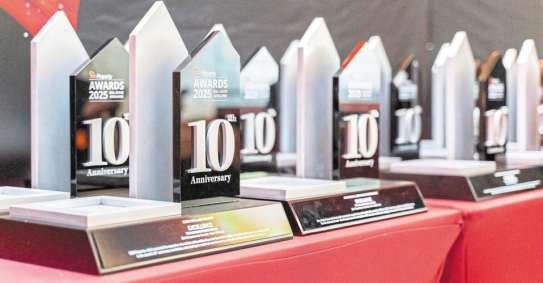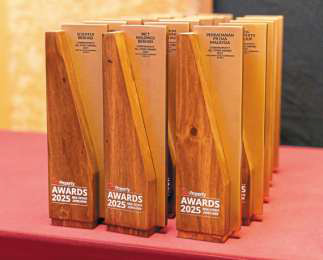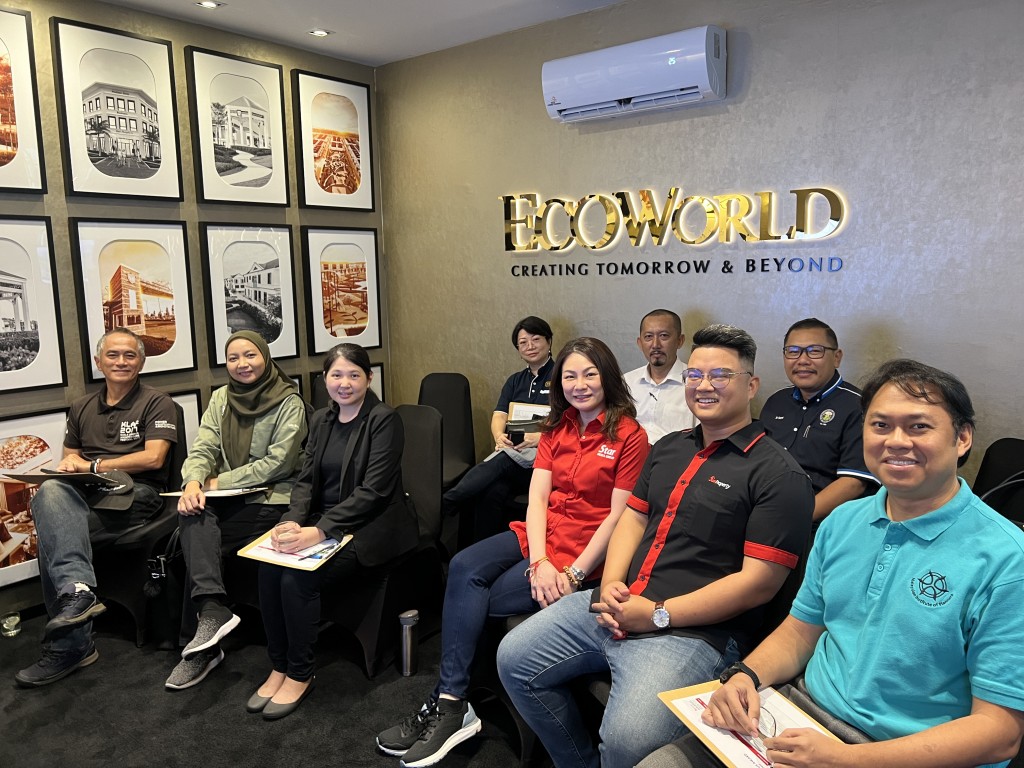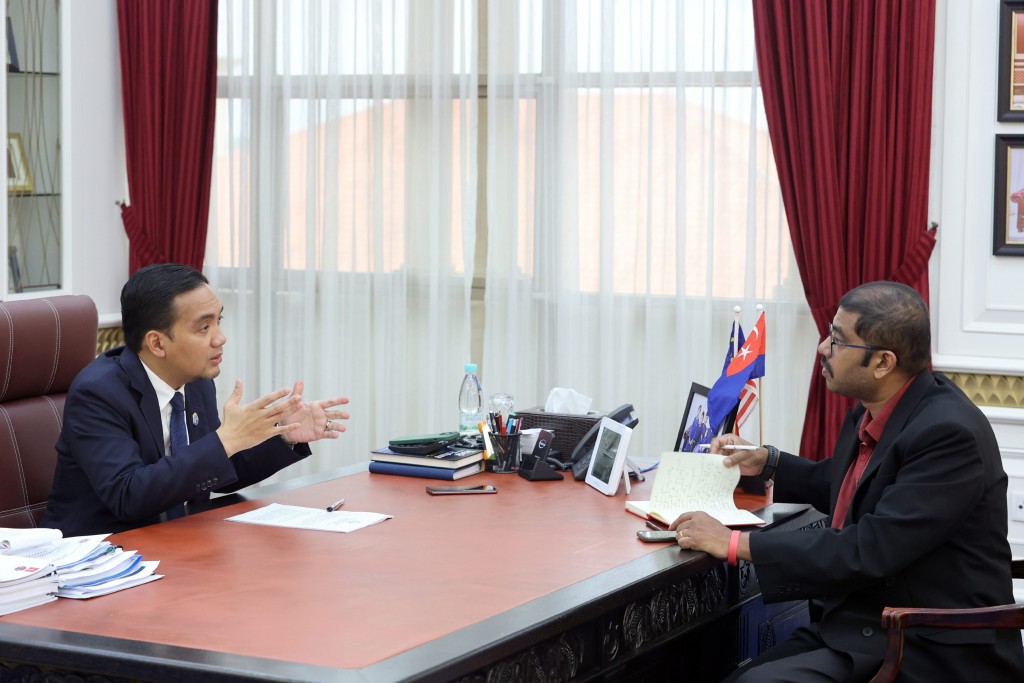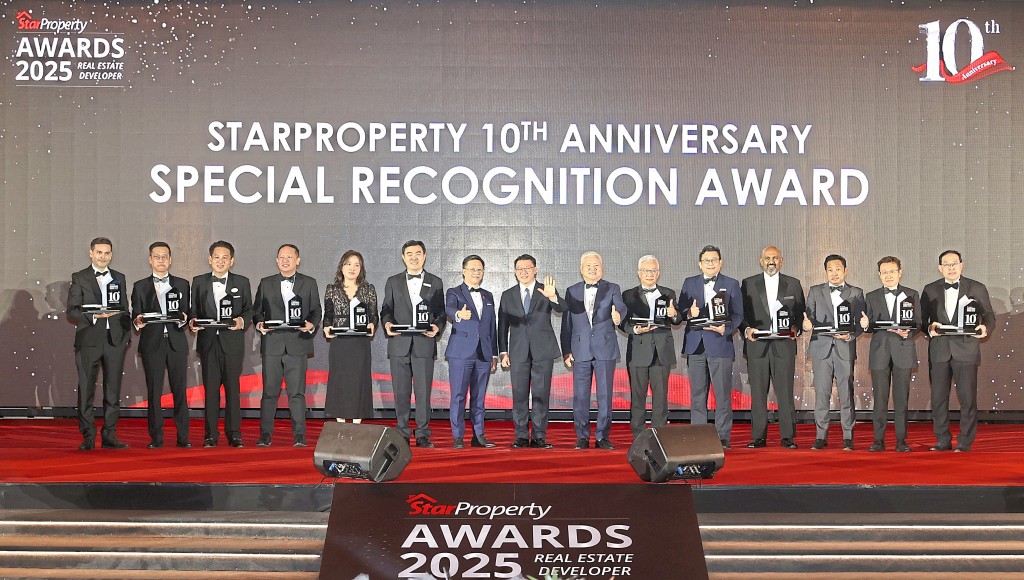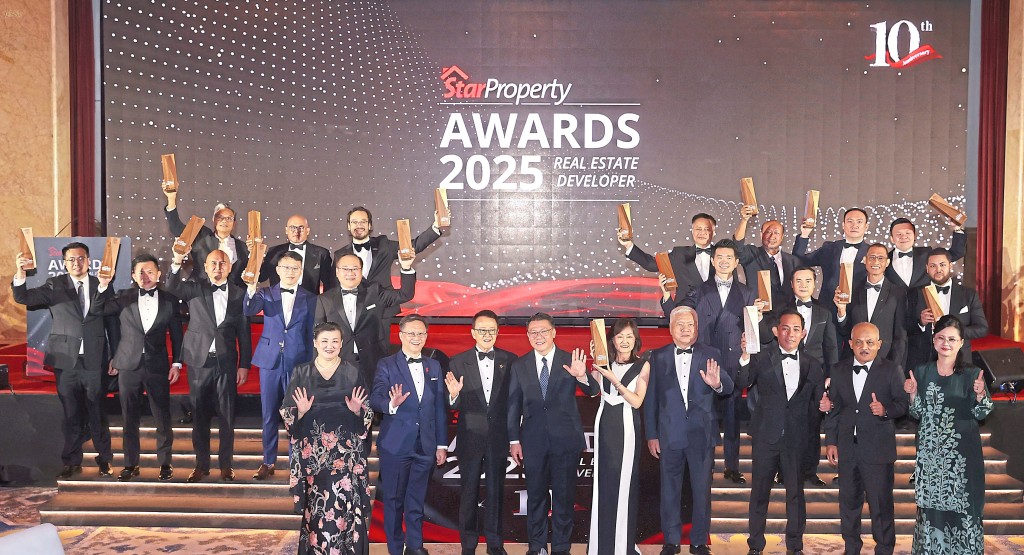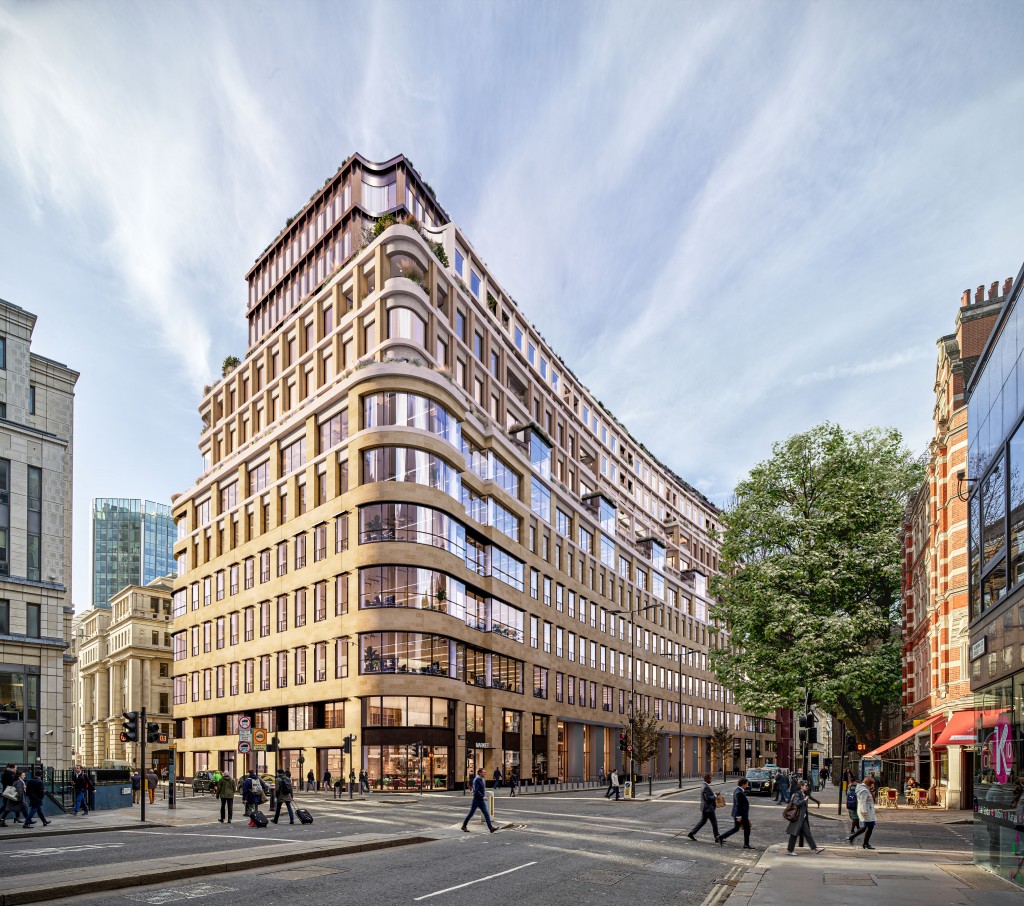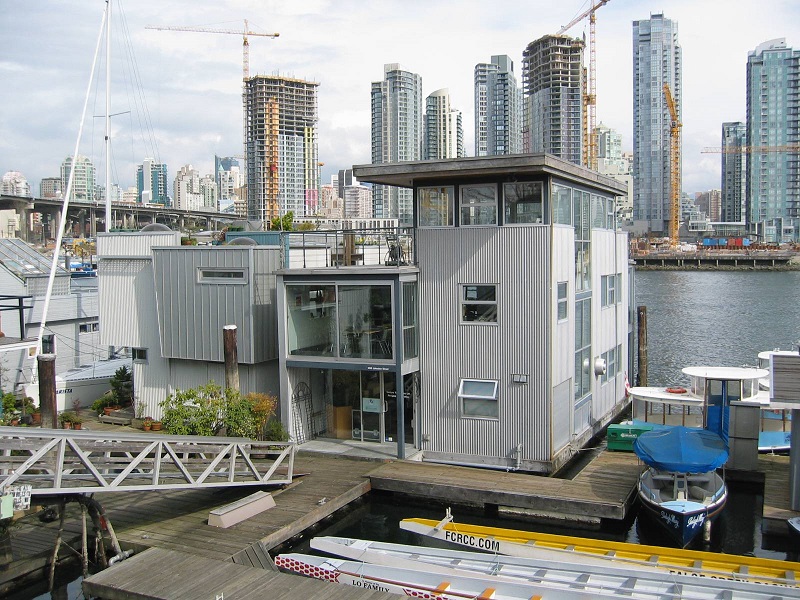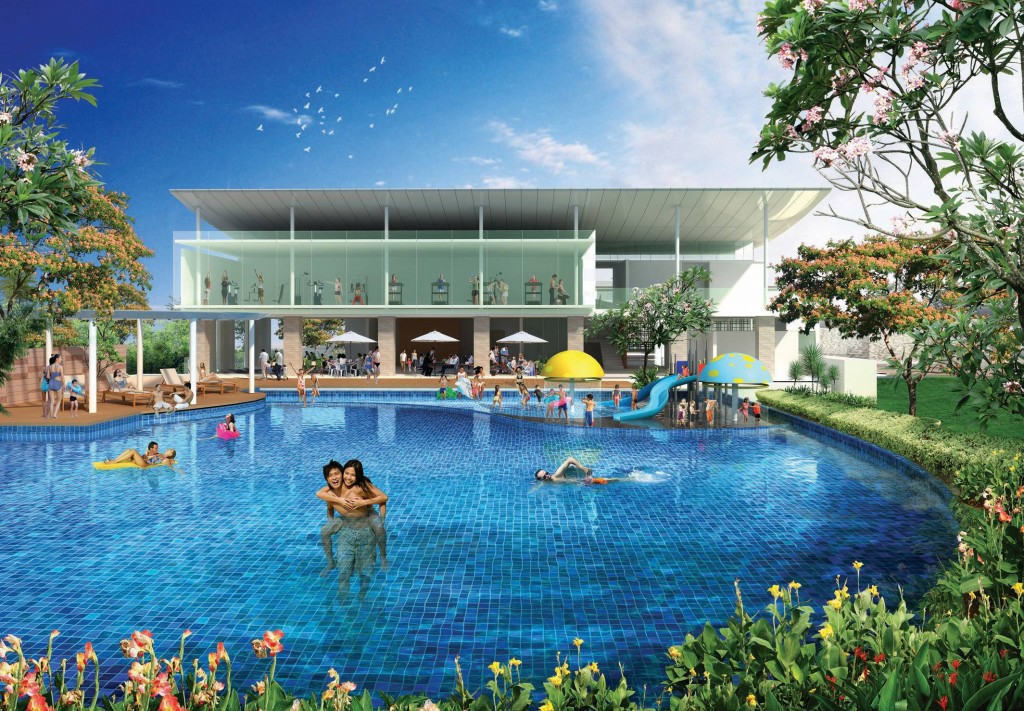
Kuala Lumpur has come a long way since the nation's independence. Some of the world's tallest skyscrapers now dot the capital.
The evolution of Malaysia’s property sector beyond Merdeka
By Joseph Wong
As Malaysia approaches its 68th anniversary of independence on Aug 31 and 63rd anniversary of the formation of Malaysia on Sept 16, it is a moment to reflect not only on its political journey but also on the physical transformation of the nation. The story of Malaysia's real estate sector is a captivating chronicle that runs parallel to the country’s own growth—a narrative of ambition, resilience and an unyielding vision that shaped a nascent nation’s landscape. From the modest foundations of the pre-Merdeka days to the towering skylines of today, the evolution of the property sector is a testament to the pioneers who dared to dream in concrete and steel.
In the days leading up to Aug 31, 1957, the landscape of Kuala Lumpur was vastly different from the bustling metropolis we know today. Designated as the federal capital in 1896, the city was still a fledgling commercial hub, with a sparse skyline and a limited number of qualified contractors and builders. Yet, the impending independence fueled a sense of national purpose and a handful of visionaries stepped up to the monumental task of preparing for the historic celebration.
Among these pioneers was the late Tan Sri Low Yat, founder of the Low Yat Group. His most famous pre-Merdeka feat was the completion of the nation’s first international-class hotel, the Federal Hotel. In a frantic race against time, his team worked tirelessly to ensure the hotel was ready to house the influx of foreign dignitaries arriving to witness the proclamation of independence. The successful completion of this project was more than just a business triumph. It was a powerful symbol of a young nation’s capacity to achieve global standards.
Other projects of national significance, like the iconic Stadium Merdeka, were similarly rushed to completion by other developers. Designed by the late architect Stanley Edward Jewkes, the stadium was constructed in a remarkable span of just one year by the Public Works Department (PWD), becoming the hallowed ground where the nation’s first Prime Minister, the late Tunku Abdul Rahman, would famously declare independence. Upon its completion, the stadium held the world record for the tallest pre-stressed floodlight towers and the biggest cantilever shell roofs. The stadium was also the largest stadium in Southeast Asia at the time of completion. The site was eventually acquired by Permodalan Nasional Bhd (PNB) and while Malaysia’s tallest building Merdeka 118 stands next to the stadium, the historical monument will be maintained. While some enhancements have been made to update the stadium, the site will not be redeveloped as it holds significant historical value, according to PNB.
From old money to new powerhouses
The journey from a handful of pre-Merdeka builders to the thriving, diverse sector of today was far from smooth. Of the few pioneering property companies that existed at the nation's inception, only a handful have not only withstood the passage of time but have also managed to sustain their formidable reputations to this day. These legacy builders, including Low Yat Group, Selangor Properties Bhd, SBC Corporation Bhd and See Hoy Chan Group, were founded by pioneers whose legacies now live on through their descendants, who continue to helm the property corporations.
Interestingly, not all of these enduring companies began as property developers. Many were initially trading companies that later diversified into property development in the post-Merdeka era, their businesses and the nation growing in tandem. This era gave rise to titans of the industry often referred to as ‘kings’. These included Tan Sri Robert Kuok, the former Sugar King who built a vast empire with a string of property developments and the late Datuk Teo Hang Sam of the See Hoy Chan Group, famously known as the Rice King. Though their origins lay in different industries, these shrewd tycoons foresaw the immense potential in real estate and built enduring powerhouses that remain significant players today.
However, even these pre-Merdeka companies, which weathered the economic storms of three major financial crises, are no longer the undisputed market leaders. The journey was fraught with hardships and many had to make difficult, strategic decisions to survive. A prime example of this resilience is the Low Yat Group. During the economic downturns of the time, particularly the recession of the 1980s, the company, under the leadership of Tan Sri Low Yow Chuan, made the bold move to sell off the family’s interests in Southern Bank Bhd, Pan Malayan Cement Bhd and Bridgestone Tyre. This was not a move of desperation but one of strategic consolidation, affording the company the capital and focus to concentrate on the construction and hotel industries, sectors that Low Yow Chuan understood intimately. This pivot was a crucial turning point, allowing the company to redevelop and innovate its business units, particularly in the tourism industry and secure its long-term relevance.

An old aerial file photo of Stadium Merdeka depicts Kuala Lumpur before the rise of the skyscrapers that now dominate the capital's skyline.
New generation of property titans
In the period between the early years of independence and the present, a new wave of developers emerged to become household names, many of whom also began in different sectors before finding their footing in property.
Sunway Group is a quintessential example of this. Initially a tin mining company, the visionary leadership of Tan Sri Sir Dr Jeffrey Cheah transformed it into a world-class conglomerate with nearly half a century of town-building experience. Sunway is famously the only developer in Malaysia to focus on the unique business model of Build, Own and Operate, which has seen it create fully integrated townships like Sunway City Kuala Lumpur, where components such as the Sunway Pyramid shopping mall, Sunway Lagoon theme park and Sunway University are all owned and operated by the group, creating a synergistic and sustainable ecosystem.
Similarly, IOI Properties Group Bhd originated as Industrial Oxygen Incorporated Sdn Bhd and its property arm grew so successful that it contributed a staggering RM2.93bil in 2024. Mah Sing Group Bhd, known today for its fast-turnaround housing projects, began its life as a plastic manufacturer. IJM Land Bhd’s foray into property development was a natural progression from its experience and expertise in the construction business, leveraging its foundational strength in building to become a major force in town-building.
Other new titans also carved out their own niches. OSK Holdings Bhd, which began as a small stockbroking partnership in 1963, has since evolved into a diverse conglomerate. Its property arm, OSK Property, first came into fruition in 1997 when the parent company diversified into real estate. Since then, OSK Property has provided homes for more than 10,000 families and expanded its presence across Peninsular Malaysia. UOA also made a lasting impact on the urban landscape by transforming a modest 60-acre plot in Kampung Kerinchi into the branded and highly sought-after enclave now famously known as Bangsar South.
While these behemoths often focus on large-scale developments, other companies have distinguished themselves by addressing the specific, real needs of Malaysians. LBS Bina Group Bhd (LBS), for instance, is well regarded for its people-focused development philosophy. It seeks to provide quality, affordable homes that are conducive to community living.
The rise of new developers
The property sector is in a state of perpetual evolution, with the arrival of new money from innovative players like EcoWorld Development Group Bhd and SkyWorld Development Group. These companies have injected a fresh perspective into the industry, focusing on modern design, lifestyle concepts and master-planned communities. SkyWorld, for example, boomed onto the scene with its integrated development, SkyArena, in Setapak. Its first phase saw a 100% take-up rate, a clear indicator of the market's positive response to its forward-thinking approach.
Beyond the Klang Valley, regional developers have also cemented their status as major players. Matrix Concepts Holdings Bhd traces its roots back to 1996 with its maiden project in Negeri Sembilan, but its reputation as a major developer was truly cemented in 2008 with its flagship project, Bandar Sri Sendayan. Matrix Concepts has built and delivered over 9,000 residential and commercial units, profoundly shaping the landscape of Seremban.
The sector is also profoundly shaped by the nation's government-linked companies (GLCs). Powerhouses such as Sime Darby Bhd, SP Setia Bhd and UEM Sunrise Bhd leverage vast landbanks and strategic partnerships to undertake monumental projects that define new urban frontiers. Especially over the last 10 years, Malaysia has also seen an influx of major overseas players, particularly from China. These large-scale foreign investments have not only injected fresh capital but have also introduced new development concepts and technology, spurring further innovation within the local industry.
With a rich history stretching back to the dawn of the nation and a dynamic mix of legacy builders, established conglomerates and bold new players, Malaysia’s property sector stands as a testament to its enduring growth. It is a powerful reflection of a proud nation's journey, with the promise of continued evolution driven by innovation and a shared commitment to building communities and shaping the landscape for generations to come.


